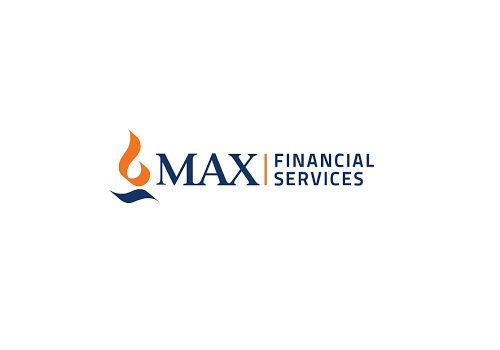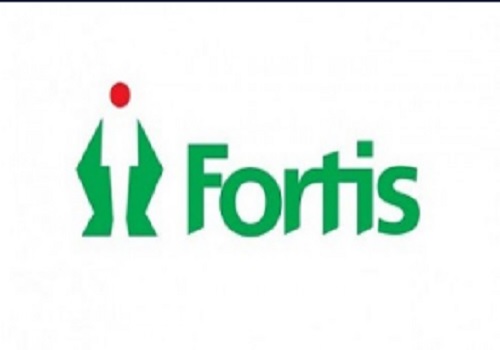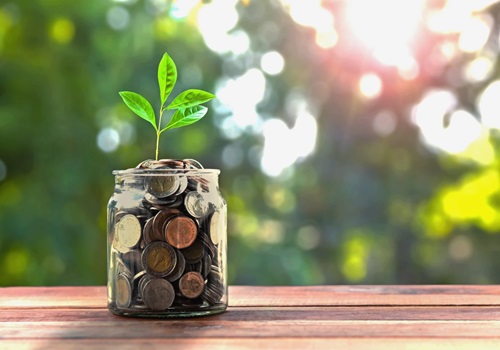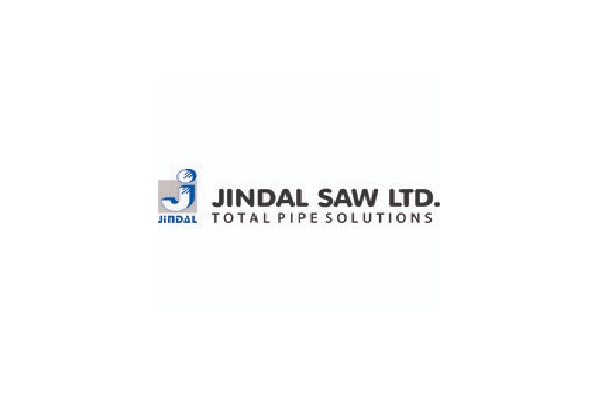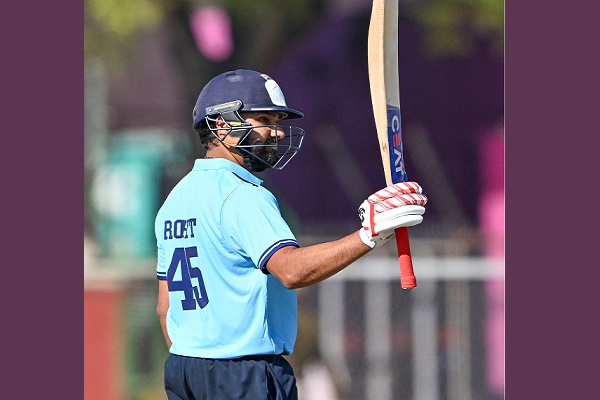Are Hybrid funds an option to FDs? Things to consider by Chirag Mehta, Quantum AMC
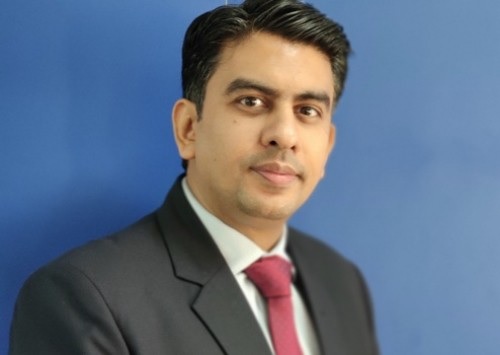
Below are Views On Are Hybrid funds an option to FDs? Things to consider by Chirag Mehta - Senior Fund Manager - Alternative Investments, Quantum AMC
Chirag Mehta, Sr. Fund Manager, Alternative Investments, Quantum AMC, shared his outlook on the various asset classes and spoke about whether Hybrid Funds an option to FDs ? In a webinar organized by Quantum Mutual Fund recently.
“Traditionally, majority of Indian investors have chosen to park bulk of their savings in bank deposits. However, FD rates, currently at multi-year lows, have not kept pace with inflation and investors are losing money in real terms. There is a possibility that inflation could be structural and sticky and be with us for some more time.”
As such, where do you park your money which has potential to make up for that inflation and provide positive real rate of return? Many of us are contemplating whether we should move into equities,” says Chirag.
“If we are looking at the equity markets, we see a good amount of rebound in the economy from the lows of the pandemic. What is helping further is the good number of flows from foreign and local investors alike. In 2021, we saw 6.8 billion dollars pumped in by foreign investors and Rs.0.6 bn dollars by local investors. As a result, every day we are seeing markets inch up to a new high.
Markets are not solely running on liquidity. Much of this rally is backed by an earnings increase. But overall from an equity valuation perspective, the markets look expensive at this juncture,” Chirag adds.
“In the fixed income space, yields have started moving higher. Government borrowings have increased significantly. If revenues don’t keep pace, these borrowings are likely to continue, putting upward pressure on yields. To support growth, like central banks across the globe, we see RBI actively buying bonds to keep yields under control. But one thing that is pressurizing even the RBI is higher inflation. We have seen commodity prices increase to multi-year highs and that is leading to inflation,” Chirag noted.
“Gold looks slightly undervalued. The sharp correction in gold is due to the positive economic data in the US. Given the amount of money that is being pumped in, there were bound to be bouts of economic growth. But the question is whether that growth will sustain or not. That will decide whether the Fed stance of increasing rates in 2023 will persist or not. Premature tightening could put recovery off track, proving to be a good trigger for gold prices.”
“However, the fundamentals of gold are very supportive. We still see support from central banks and governments. The US just announced a trillion-dollar infrastructure spending plan, they are also contemplating further stimulus of 2.5-3 trillion-dollars. Effectively, money supply will increase, which will again be good for gold. Another factor that drives gold is real interest rates. The real interest rate is nothing but interest rates minus inflation. Today we have seen low-interest rates and inflation surging higher, which could persist for some more time. And whenever we have seen negative or low real interest rates, gold has done well. Lastly, if the economic recovery does not keep pace, the deficit will widen, and the debt and deficits will put pressure on the dollar. And if the dollar weakens, then gold does well. So when these triggers kick in, we will see gold doing well,” Chirag noted.
“So, how do you pick the winning asset class? Equity or debt or gold?
Well it is difficult to pick the winning asset class. There is no way of knowing what the future holds, let alone guessing how individual asset classes are set to perform. But each asset has a specific role to playin your portfolio. Equities are there for long-term growth. But they are highly volatile. In March 2020, because of Covid, markets fell by over 40% in just one month. After the 2008 crisis, markets fell by 55% in a span of few months.
Fixed Income is there for regular income and stability, and gold acts as a diversifier.
When you combine these asset classes, you get the potential for better risk-adjusted returns over the long term.
Many investors try to move towards hybrid funds to compensate for lower returns in fixed deposits, because technically hybrid funds are asset allocation products. The perception is that they diversify across asset classes and therefore they will give market linked returns and at the same time also diversify the risk,” Chirag noted.
Hybrid funds space is much cluttered.
Within hybrid funds, you have different categories if you look at aggressive hybrid funds and balanced hybrid funds, they are biased towards equities. . When they are biased towards equities, they are trying to generate better returns. Also, with minimum 65% allocation to equities these funds are taxed like equities which is more efficient in the short run.
While achieving these two objectives, these hybrid funds invariably end up taking more risk. The higher the allocation to equities, the higher is the risk. Investing in aggressive hybrid funds is very close to investing in a pure equity fund. . Asset allocation should be unbiased, dynamic, and agile.
Multi-Asset Allocation is the one of the hybrid fund category that invests in all three asset classes. All other hybrid categories are ignoring gold.
Why should you have an allocation to gold? While the potential to earn returns may be similar to that of an equity-debt portfolio, if you look at the risk, the standard deviation and volatility has been significantly lower.
Historically, multi-asset as a category does not give returns as high as the equity assets will bring you during a bull market. But when markets fall, generally they would tend to lose less.
This is the premise we have used for Quantum Multi Asset Fund of Funds. Our Equity and Debt allocation range is between 25-65% while 10-20% to Gold. As markets fell because of the Covid shocks, equities were reasonably priced and we increased our allocation. And the moment markets rose, we reduced allocation to equities, and we have had a lower holding for some time now.
To summarize, whenever you search for yields in hybrid funds, please keep in mind that they should be unbiased. If the allocation is biased towards equities, you invariably take higher risks, and it will not protect the downsides. And equity and debt are not enough; you need a three-pronged approach to investing- with equity, debt, and gold. Your allocation should not be dependent or biased towards any one particular asset class,” Chirag concluded.
To Read Complete Report & Disclaimer Click Here
Above views are of the author and not of the website kindly read disclaimer
